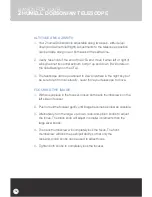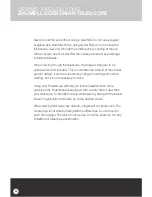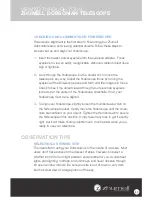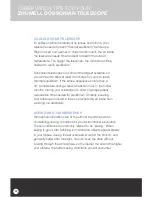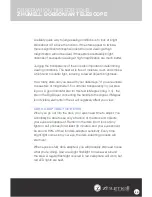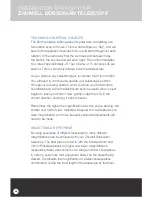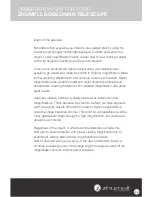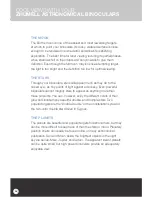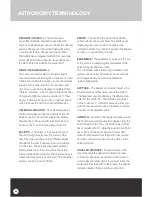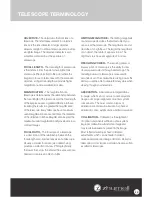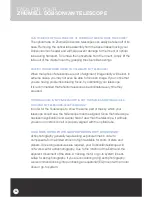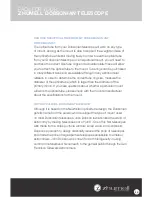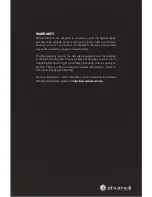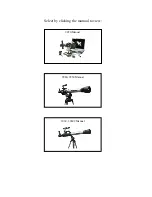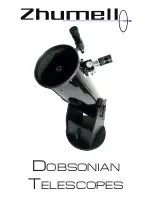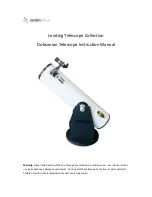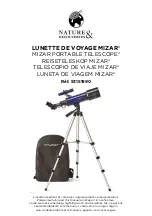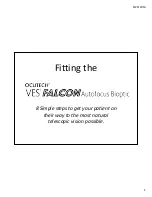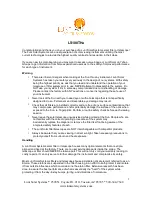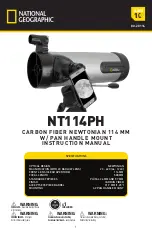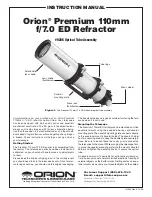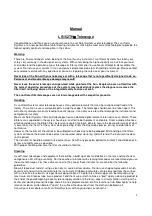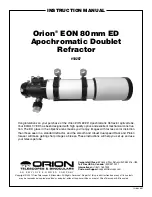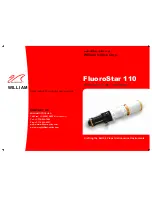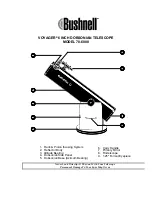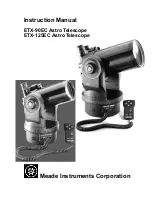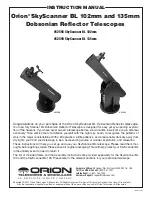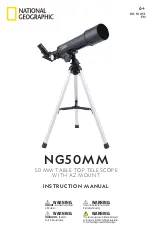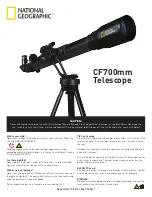
32
DECLINATION (DEC.)
-
The astronomical
equivalent of latitude. Declination describes the
angle of a celestial object above or below the celestial
equator. The sky over the northern hemisphere has
a positive declination. The sky over the Southern
hemisphere has a negative declination. For example,
Polaris (the North Star) which lies nearly directly over
the North Pole, has a declination value of 90°.
RIGHT ASCENSION (R.A.)
-
The astronomical equivalent of longitude. Right
ascension measures the degree of distance of a star
to the east of where the ecliptic crosses the celestial
equator. R.A. is measured in hours, minutes, and
seconds as opposed to degrees. It is different than
the term “meridian”, which is used in referring to lines
of longitude. Right ascension is referred to in “hour
circles”. There are 24 hour circles of right ascension
which run from the north to south celestial poles.
CELESTIAL EQUATOR
-
The celestial equator is
the line of declination which lies directly above the
Earth’s equator. The celestial equator lies halfway
between the north and south celestial poles and
serves as the 0° point in measuring declination.
ECLIPTIC
-
The ecliptic is the apparent path of
the sun through the sky over the course of the
year. Since we view the sun from different angles
throughout the year, it appears to move in relation
to other stars. The vernal (spring) and autumnal
(fall) equinoxes lie at the points where the ecliptic
intersects the celestial equator. The vernal equinox is
where right ascension is at 0h (hours). The autumnal
equinox can be found at 12h R.A.
ZENITH
-
The zenith is the point in the celestial
sphere directly above your head. The zenith varies
depending upon your location. In general, the
declination point of your zenith is equal to the latitude
at which you are standing on Earth.
EPHEMERIS
-
The ephemeris of a planet or the sun
or the moon is a table giving the coordinates of the
object at regular intervals of time.
The coordinates will be listed using declination and
right ascension. Other information such as distance
and magnitude may be listed in ephemerides
(plural of ephemeris).
ALTITUDE
-
The altitude of a celestial object is the
angular distance of that object above the horizon.
The maximum possible altitude is the altitude of an
object at the zenith, 90°. The altitude of an object
on the horizon is 0°. Altitude is measured from your
point of observation and does not directly correlate
to points on the celestial sphere.
AZIMUTH
-
Azimuth is the angular distance around
the horizon measured eastward in degrees from the
North Horizon Point. Thus, the North Horizon Point
lies at an azimuth of 0°, while the East Horizon Point
lies at 90°, and the South Horizon Point at 180°.
Azimuth is measured from the point of observation
and does not directly correspond to points on the
celestial sphere.
ANGULAR DISTANCE
-
Angular distance is the
size of the angle through which a telescope tube
or binocular aiming at one object must be turned in
order to aim at another object. If you must rotate the
equipment from the zenith to the horizon, the angular
distance between the two points would be 90°.
ASTRONOMY TERMINOLOGY

